- Replies 153
- Views 55.1k
- Created
- Last Reply
Top Posters In This Topic
-
 Mopar1973Man 44 posts
Mopar1973Man 44 posts -
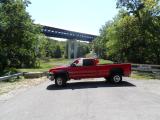 diesel4life 14 posts
diesel4life 14 posts -
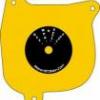 Yankneck696 10 posts
Yankneck696 10 posts -
 dripley 9 posts
dripley 9 posts


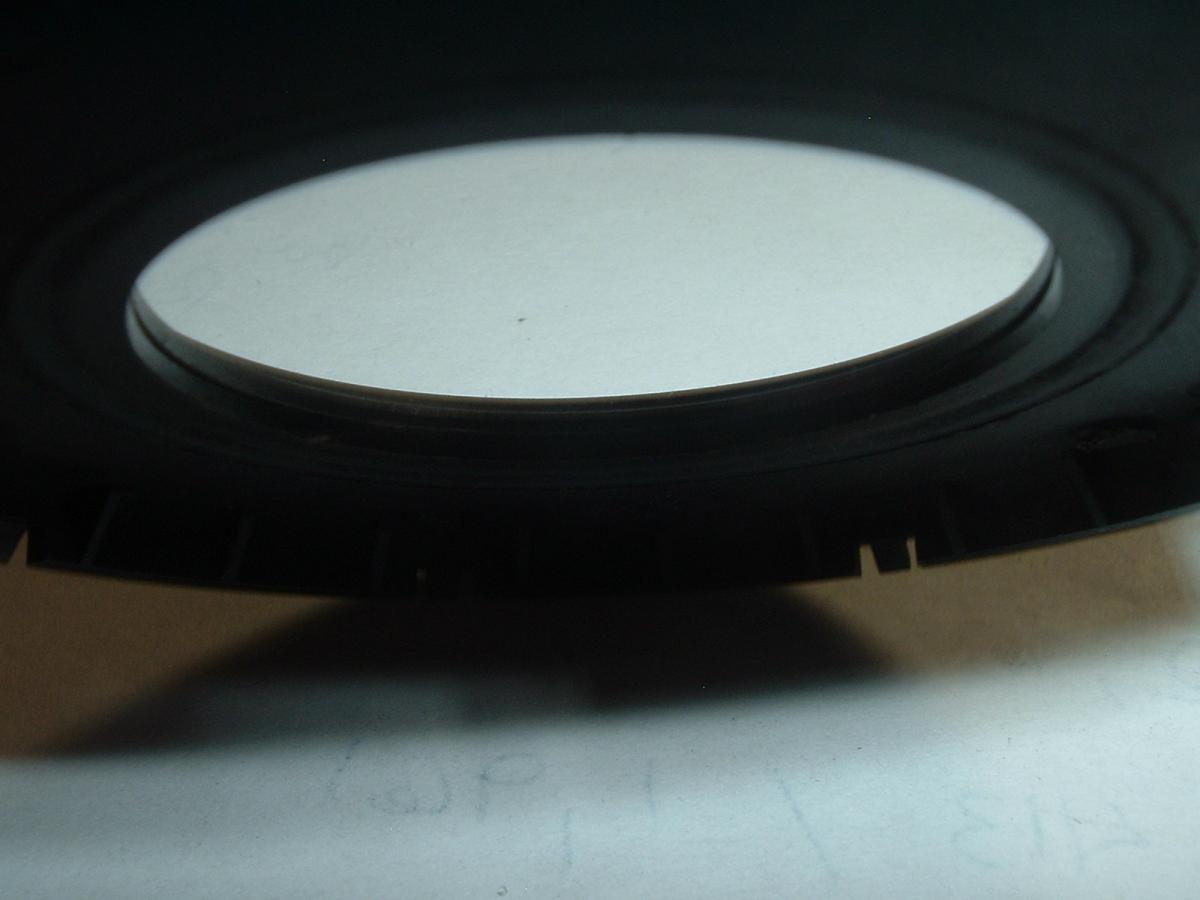
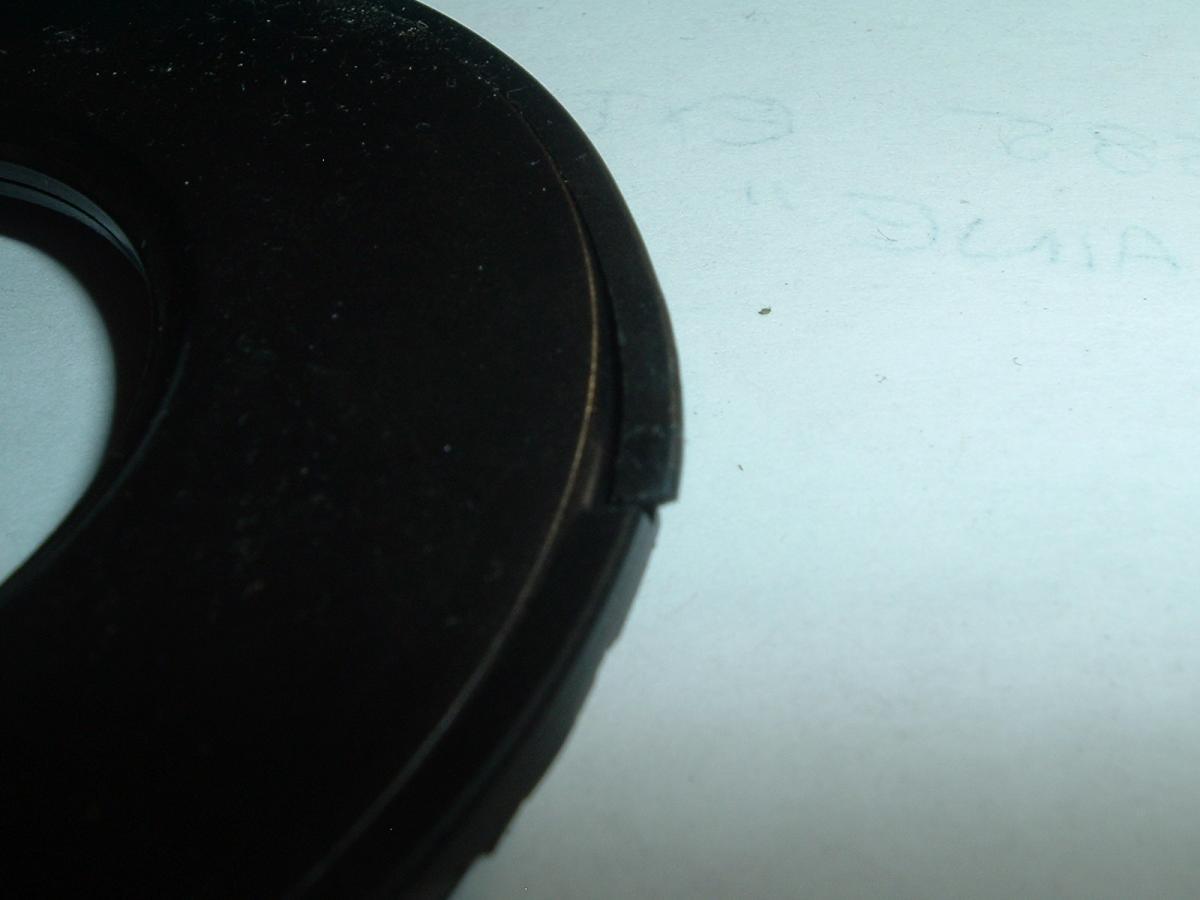

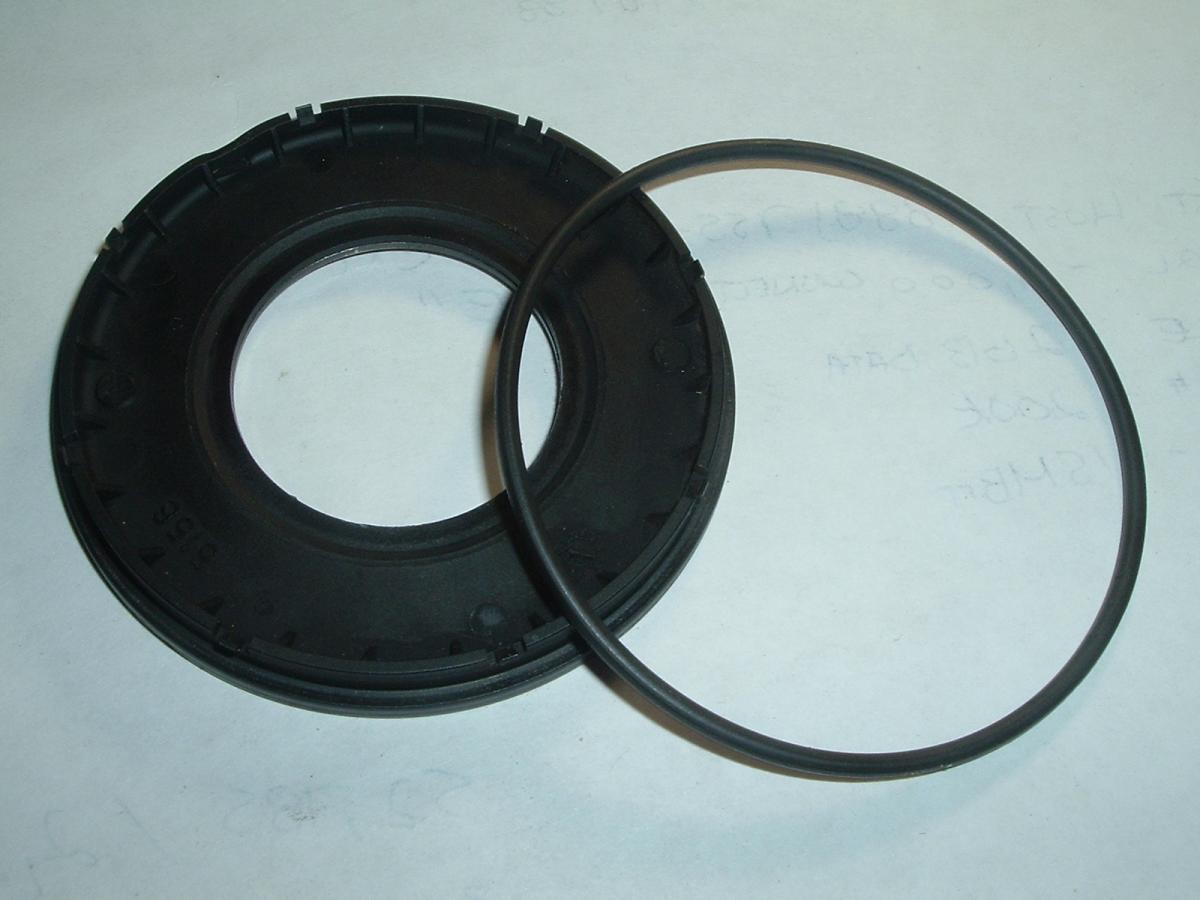
Will the member please come forward that sent me the VP44...